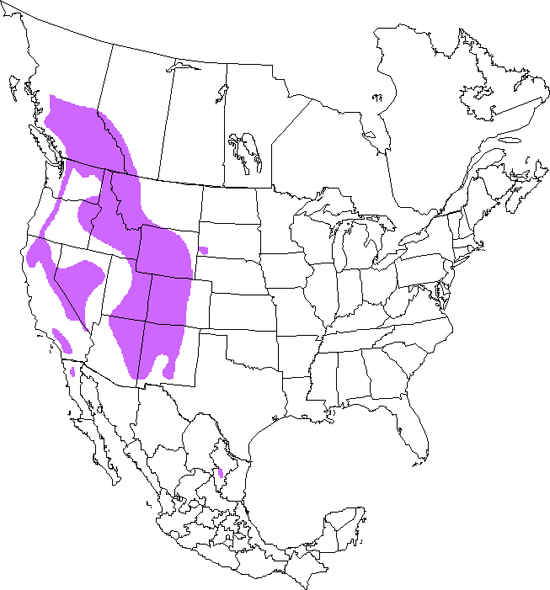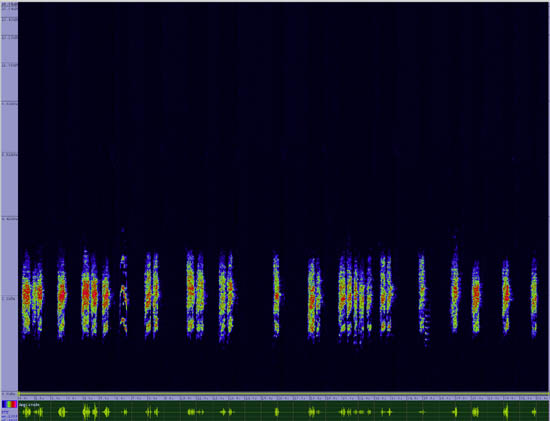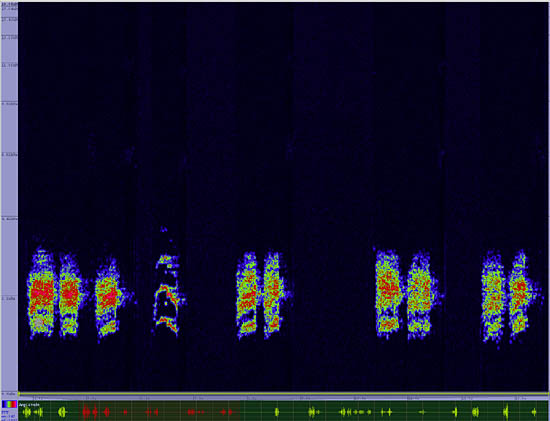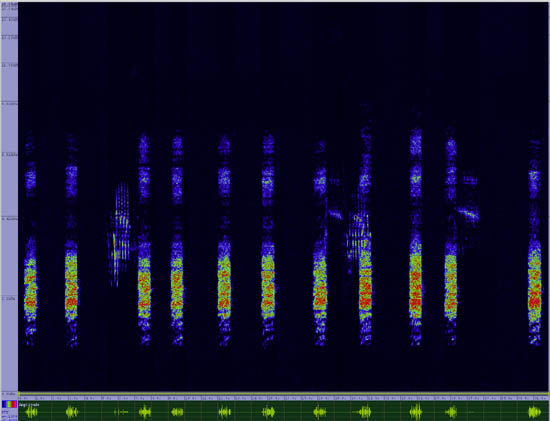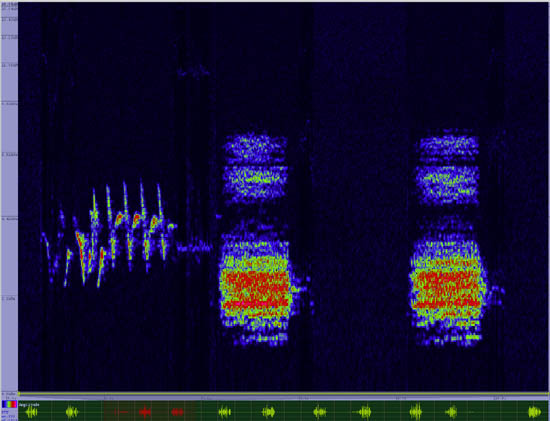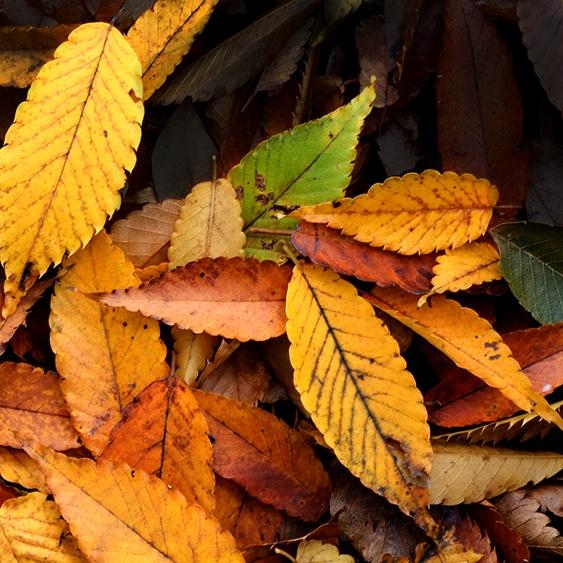
Perching
Clark's Nutcracker
Nucifraga columbiana
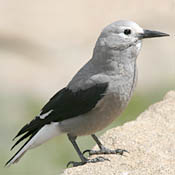
Length: 12 in. (31 cm )
Primarily limited to coniferous forests at higher altitudes in the western mountains, the Clark\'s Nutcracker relies heavily on pine cone seeds, nuts, fruits, and insects for food. However, it is not above occasionally robbing eggs and nestlings from the nests of other birds. In a single summer, a single bird can cache up to 30,000 seeds by burying them in the ground, usually on more protected mountain slopes. These storage areas are then used throughout the winter as a food source, but many seeds are forgotten or lost, and new trees spring up here. During the winter, nutcrackers move about in small flocks in the mountains, but following low pine cone years, large numbers of this bird move to lowland desert and prairie areas until the next spring. The cup-shaped nest is made of bark strips, grass, leaves and feathers and hidden on a horizontal limb of a conifer tree.
The four-digit banding code is CLNU.
Fir forest
Riparian / River forest

Shrubs
View Citation
Be Part of
Ask A Biologist
By volunteering, or simply sending us feedback on the site. Scientists, teachers, writers, illustrators, and translators are all important to the program. If you are interested in helping with the website we have a Volunteers page to get the process started.







